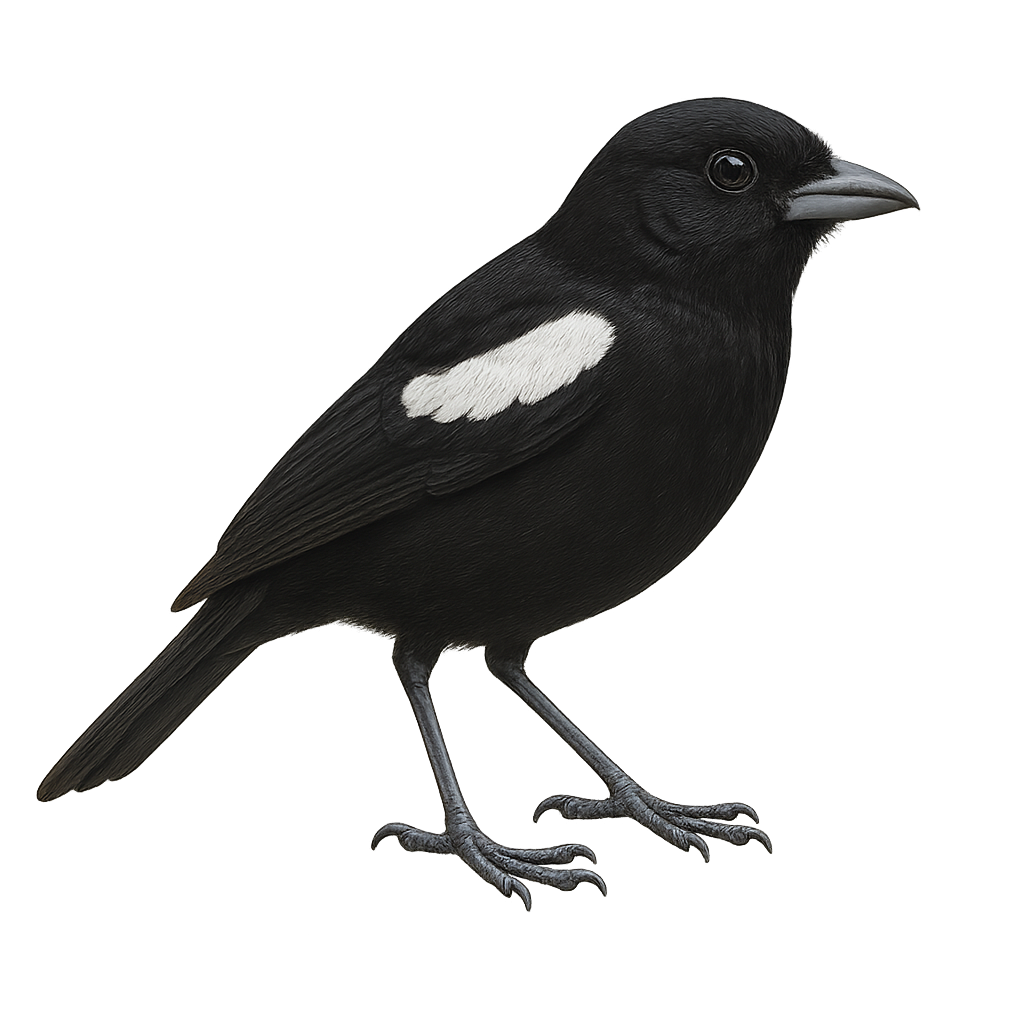Your wildlife photography guide.
Explore the white-lined tanager in detail, study its behavior, prepare your shots.
Where to observe and photograph the white-lined tanager in the wild
Learn where and when to spot the white-lined tanager in the wild, how to identify the species based on distinctive features, and what natural environments it inhabits. The WildlifePhotographer app offers tailored photography tips that reflect the white-lined tanager’s behavior, helping you capture better wildlife images. Explore the full species profile for key information including description, habitat, active periods, and approach techniques.
White-lined Tanager
Scientific name: Loriotus luctuosus

IUCN Status: Least Concern
Family: THRAUPIDAE
Group: Birds
Sensitivity to human approach: Suspicious
Minimum approach distance: 5 m
Courtship display: March to April
Incubation: 13-15 jours
Hatchings: March to April
Habitat:
Tropical rainforests, forest edges, secondary wooded areas
Activity period :
Primarily active during the day, with peak activity in the morning and late afternoon.
Identification and description:
The White-lined Tanager, or Tachyphonus luctuosus, is a medium-sized bird, measuring about 18 cm in length. It is easily recognizable by its glossy black plumage in males, with distinctive white lines on the wings, while females have a more subdued olive-brown hue. This bird is primarily frugivorous but also feeds on insects, making it an important player in seed dispersal and insect population control. It is mainly found in tropical rainforests, forest edges, and secondary wooded areas in Central and South America. Although quite common in its natural habitat, it is often difficult to observe due to its rather discreet and suspicious behavior.
Recommended lens:
400 mm – adjust based on distance, desired framing (portrait or habitat), and approach conditions.
Photography tips:
To photograph the White-lined Tanager, it is advisable to use a telephoto lens of at least 400 mm to capture detailed images without disturbing the bird. Look for it in tropical rainforests and forest edges, where it often feeds on fruits and insects. Be patient and discreet, as this bird can be suspicious. Take advantage of the natural light in the morning or afternoon to achieve vibrant colors and good contrast.
The WildlifePhotographer App is coming soon!
Be the first to explore the best nature spots, track rutting seasons, log your observations, and observe more wildlife.
Already 1 429 wildlife lovers subscribed worldwide

